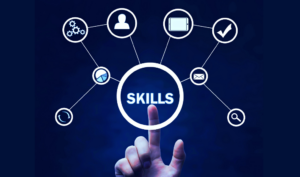
How Personality Types Influence Virtual Training Success
“I know what I like, and I like what I know.” It’s easy to scoff at this old saying. Yet it applies to most of

“I know what I like, and I like what I know.” It’s easy to scoff at this old saying. Yet it applies to most of

Sponsored by Learnsoft The Skills Gap is Growing. So is Pressure on L&D Demand for skilled employees seems limitless. Modern technology and automation are displacing
MOOCs (Massive Open Online Course) are growing in popularity every day. Not surprisingly, because these are educational courses you can access online; they are massive
Here in the Boston, Cambridge we are lucky, there’s a college around every corner. Harvard, M.I.T., Wellesley, Boston University, the list goes on and on.